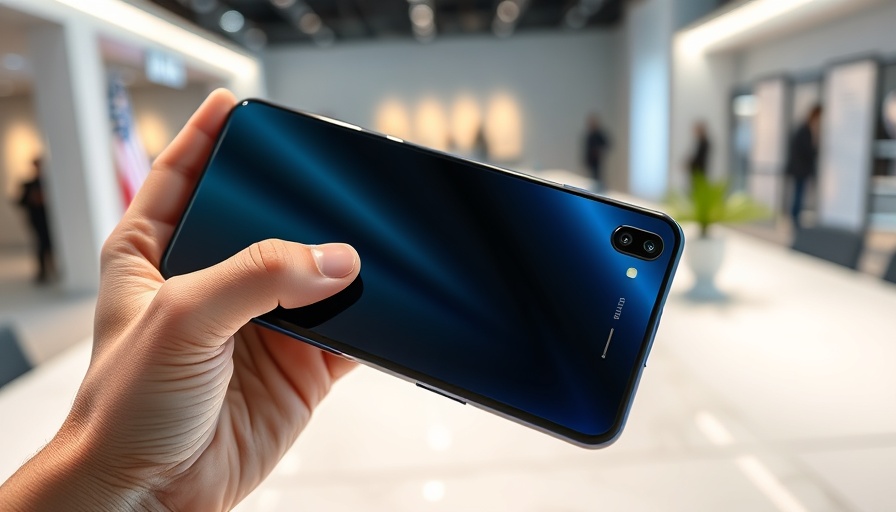
Apple's AI Challenges: The Limits of Innovation
In a recent discussion during Apple’s Worldwide Developers Conference (WWDC), the tech giant acknowledged its shortcomings in AI capabilities. Craig Federighi, Apple's senior vice president of software engineering, candidly addressed why the company has struggled to deliver on ambitious AI promises. He emphasized that while early tests were promising, the technology did not yet meet Apple's high standards for reliability. This acknowledgment marks a crucial turning point for Apple as it recalibrates its AI trajectory amid increasing competition from rivals like Google and Microsoft, who have made significant strides in bringing AI to mainstream consumer applications.
iOS 26: A Look at New Features
Despite the challenges, WWDC unveiled promising updates, particularly with the launch of iOS 26. While not overwhelming with countless features, it introduces several noteworthy enhancements, especially in the realm of image customization. Users can expect the new 'Genmoji' feature, allowing for unique emoji combinations and bringing a creative twist to image sharing. Additionally, the integration of AI in generating art styles from user inputs showcases Apple’s intent to infuse innovative capabilities into its ecosystem, though it remains to be seen how effectively these tools will be adopted.
The Implications of Apple's Strategies
This mix of introspection and innovation at WWDC raises pivotal questions about the direction of consumer technology. Apple's dedication to maintaining quality, even at the expense of immediate releases, speaks to its brand values. However, as competitors ramp up their AI offerings, the pressure on Apple intensifies. Consumers are left wondering whether the trade-off for reliability will cost them innovative experiences that have become standard in the tech industry. Balancing quality with innovation will be essential for Apple to retain its market position.
 Add Row
Add Row  Add
Add 




Write A Comment